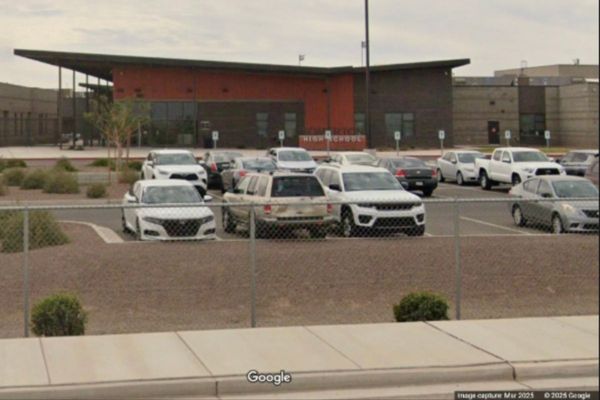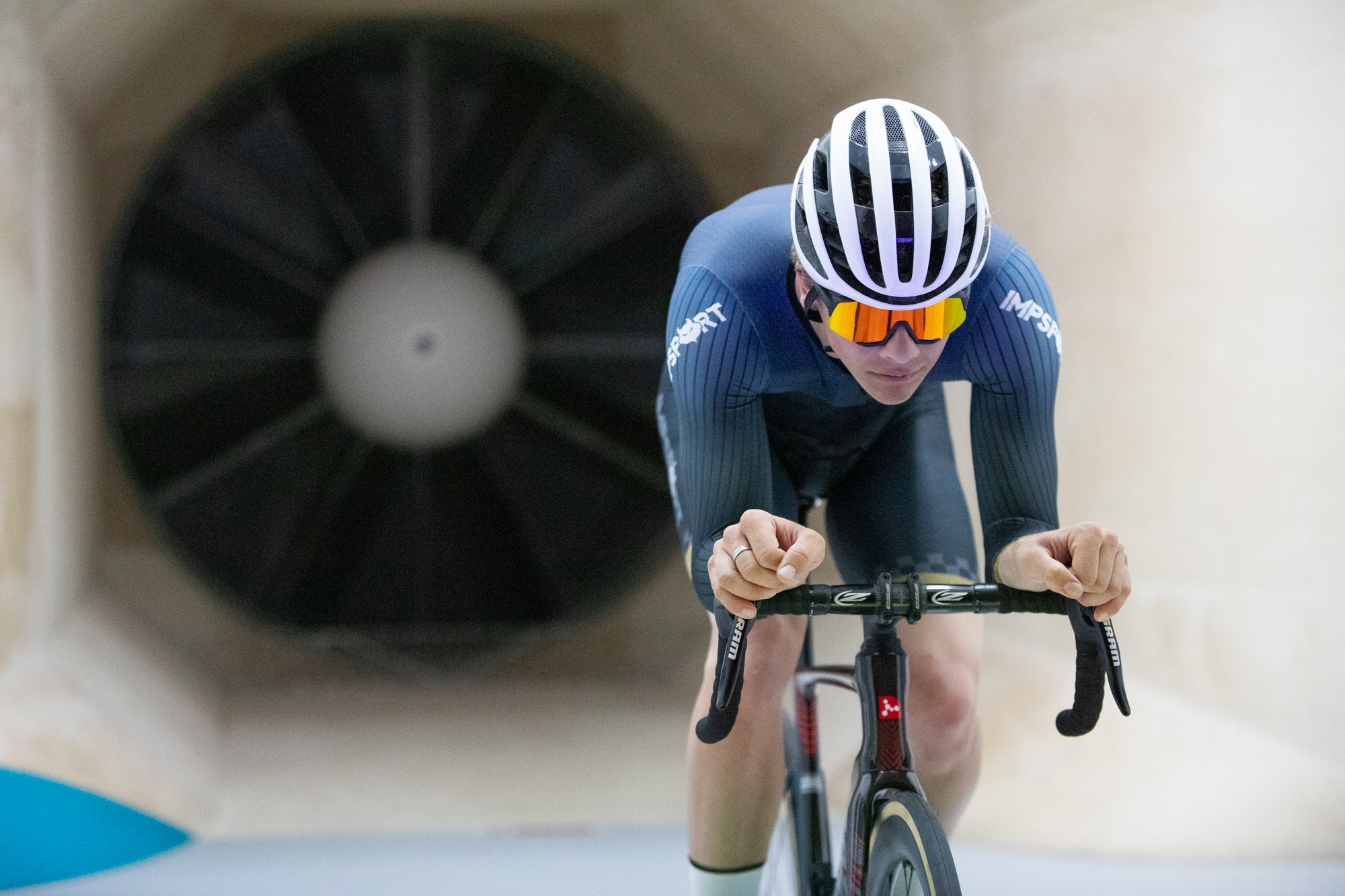
Rockets and bicycles may not seem to have much in common, but there’s plenty of tech from the aerospace industry that’s found its way into bikes and cycling equipment.
Until recently, space exploration has been funded almost exclusively by national governments, with NASA the prime example. In the early 20th century, the same was true of aeronautics.
Government funding has led to a drive to deploy new technologies commercially, which has led to trickle-down to earth-bound products, with cycling being no small beneficiary. Here’s our run-down of tech developed for aerospace use that’s found its way into cycling.
Aero tube shapes
Although pretty much everything cycle-related now has to boast of wind tunnel testing, wind tunnels had their origin at the end of the 19th century in the quest to fly. There’s one in Farnborough built in the 1930s that sits opposite Cycling Weekly’s former offices, powered by a 30 foot diameter mahogany fan. The first wind tunnel in Farnborough was built as long ago as 1907.
Wind tunnel tests led to the first collection of aerofoil shapes, developed by the National Advisory Committee for Aeronautics in the 1920s and 1930s, hence the term NACA aerofoil you’ll see bandied around cycling marketing material.
Further research showed that similar aerodynamic effects could be achieved by truncated aerofoil shapes, which are the preferred option for modern bicycles.
Although wind tunnels were the first method to prove aerodynamic properties of aircraft, ever-increasing computing power made increasingly sophisticated computational fluid dynamics (CFD) modelling a viable alternative.
The foundations for CFD modelling for aircraft wings were laid in the 1930s and 1940s, but sophisticated models first appeared in the 1980s, with NASA’s Ames Research Center a major source. Nowadays, CFD modelling is almost always a precursor to, and in some cases a substitute for, wind tunnel testing of cycling equipment, as wind tunnel time is significantly more expensive.
Cycling helmets
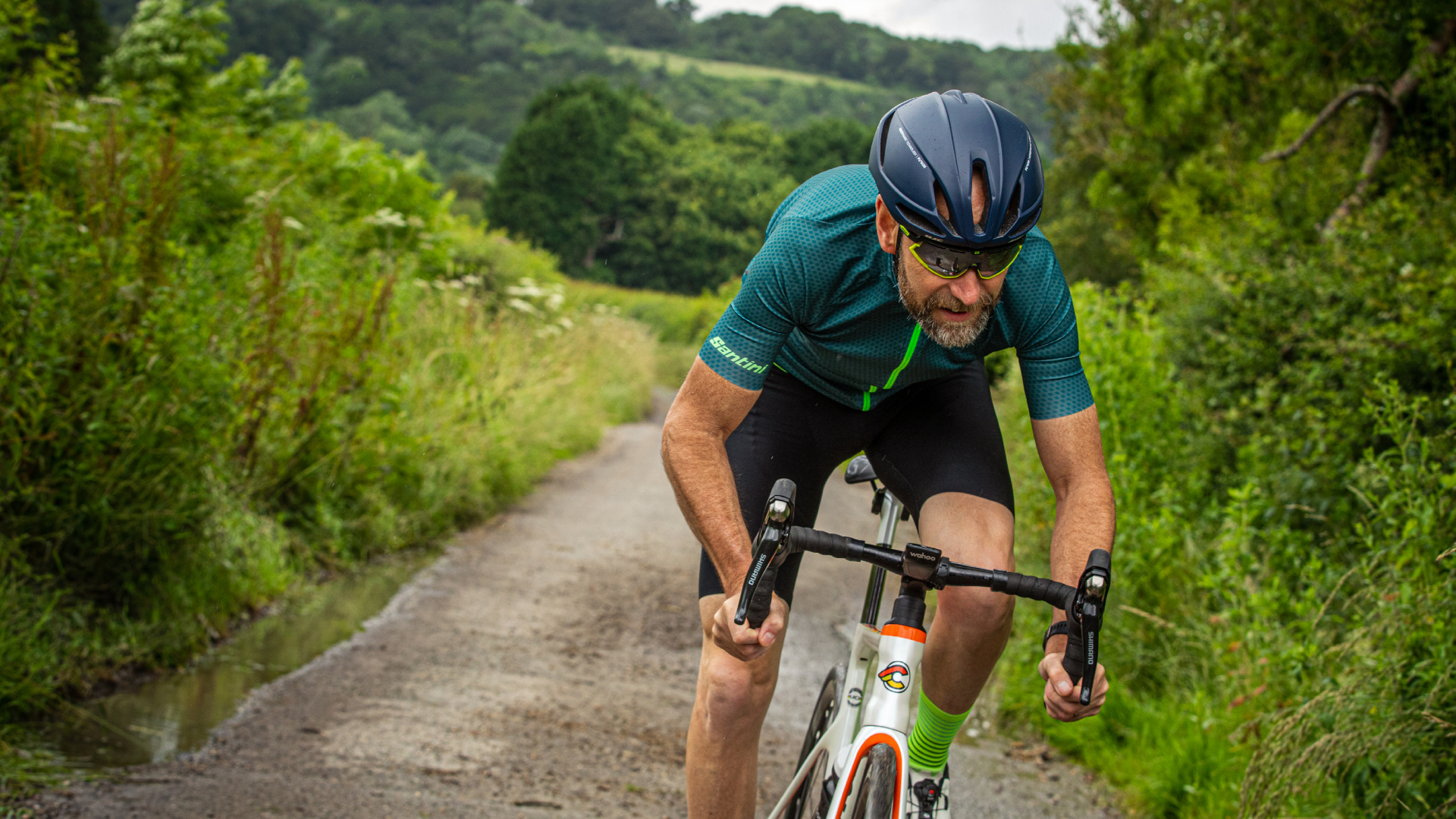
ACA aerofoils found their way into the best cycling helmets too – in fact before they became the go-to shape for frame tubing. In 1985, when helmet brand Giro wanted to design a lighter, more airy helmet, it turned to an aerodynamicist called Raymond Hicks, working at the NASA Ames Research Center.
Hicks came up with venting which encouraged air to flow laminarly through the helmet, cooling the rider’s head and at the same time reducing drag, features that remain fundamental to helmet design to this day.
Titanium and aluminium alloys
Their high strength-to-weight and resistance to heat and corrosion means that titanium alloys in particular are used extensively in aerospace applications. They found their way into both the Apollo and Mercury spacecraft and are also used extensively in aircraft components.
Aircraft and spacecraft rely heavily on aluminium alloys too, for their low weight. They’re not favoured for hardware that will spend significant time in space though, as solar radiation can affect their particle structure and cause them to soften.
Of course, aluminium alloys are used extensively in bicycle frames and components, while titanium alloys find their way into higher priced frames and some flashy components.
GPS
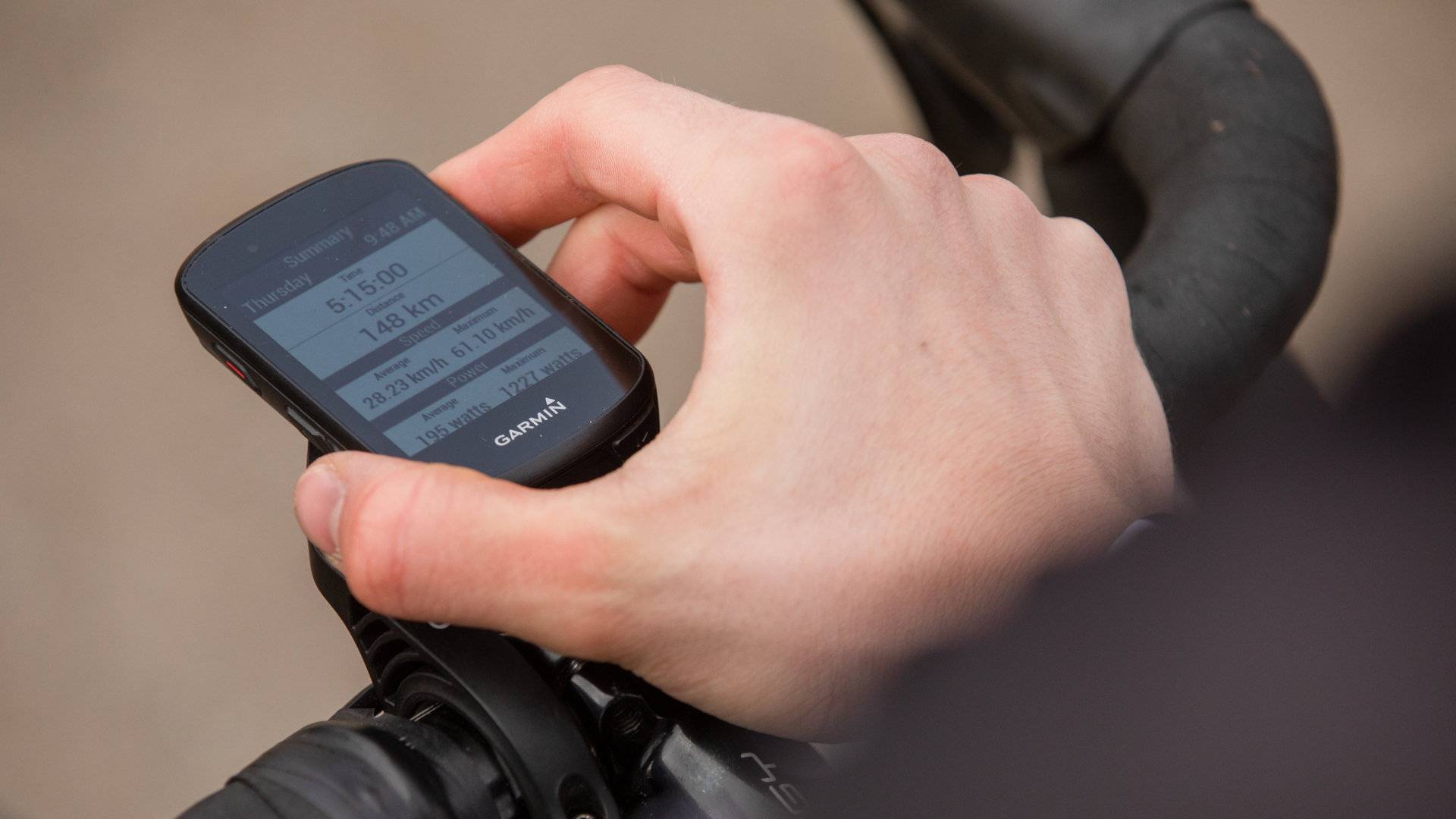
Once upon a time, not so long ago, setting off for a bike ride meant slotting an Ordnance Survey map in your jersey pocket and pulling it out to work out where next when you got to a crossroads.
Not any more, with those constellations of GPS satellites lighting our way via our cycling computers, either via turn-by-turn guidance on a pre-planned route or a handy map to show where we are and where we’re heading.
Once we get home, there are all the how far and how fast stats to pour over, thanks to our GPS traces. Yes, modern cyclists would be lost without GPS.
Airless tyres
Although the verdict on airless tyres for bikes may be out, they’re pretty useful on Mars, where rovers have wheels shod with airless tyres which deform to the terrain but spring back, much like a pneumatic tyre.
The same tech is being applied to airless tyres for bikes, offering an option for cyclists who have had enough of flats.
Memory Foam
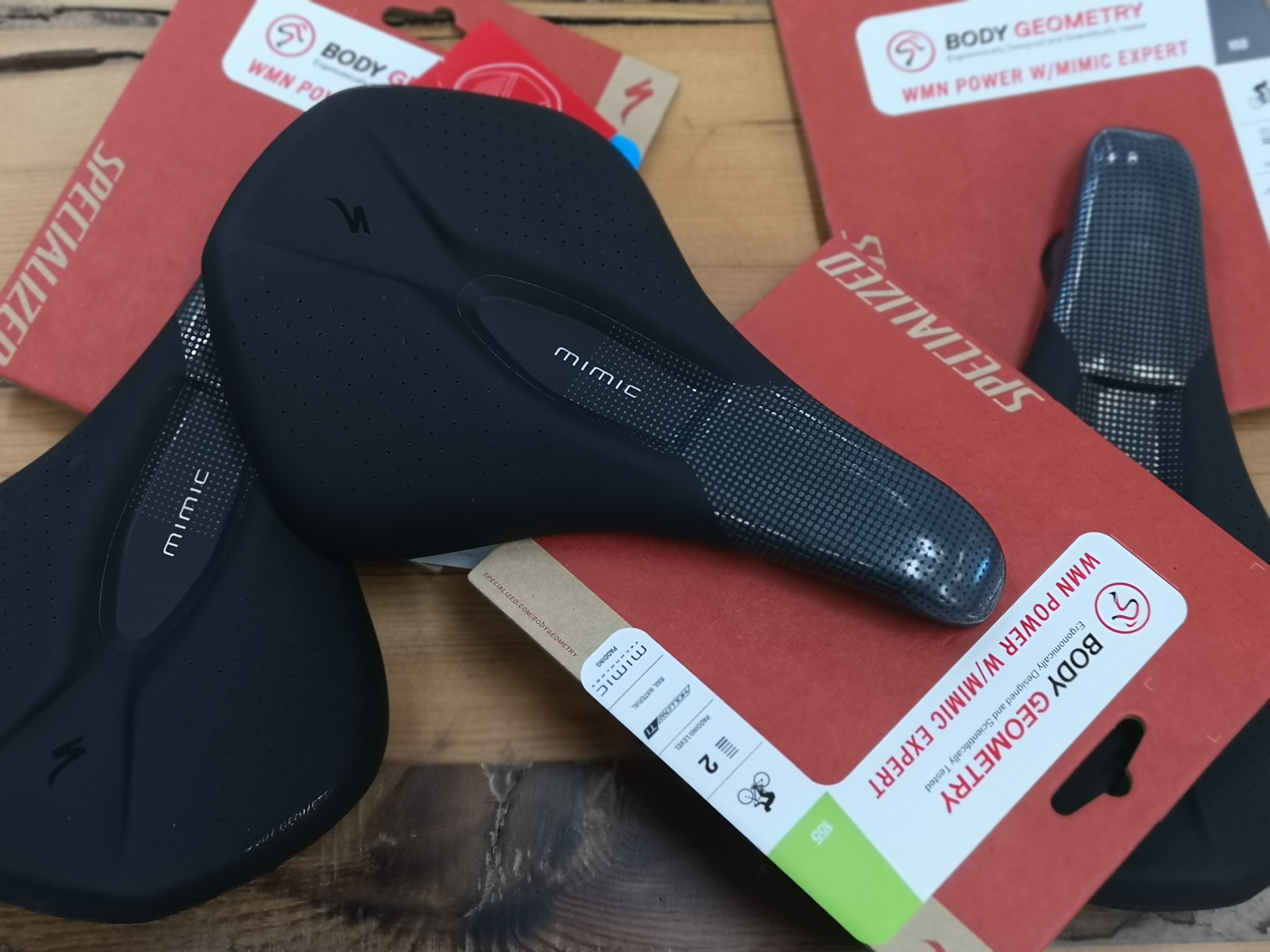
NASA initially contracted for the development of memory foam for the cushions of seats for test pilots and the recovery system for Apollo astronauts. Its mix of high energy absorption with softness and the ability to mould to the body in response to body heat provide comfort and crash protection.
Memory foam now finds its way into the padding on bike saddles and in seat pads, helping to relieve and spread out saddle pressure.
WD-40
The WD bit in WD-40’s name stands for Water Displacement. The eponymous company was until 1969 named the Rocket Chemical Company and developed WD-40 to stop corrosion in the outer skin of the Atlas missile. Okay, so that’s a delivery system for a bomb rather than a space vehicle, but components of it lived on in the boosters for rockets.
Years ago, WD-40 used to be the go-to lubricant for bike chains. It’s been displaced by more sophisticated formulations that lubricate better and are less prone to collect gunk, but it’s still useful for its original purpose of displacing water from your chain after cleaning it and before lubricating, helping to stop rust setting in
Sports nutrition
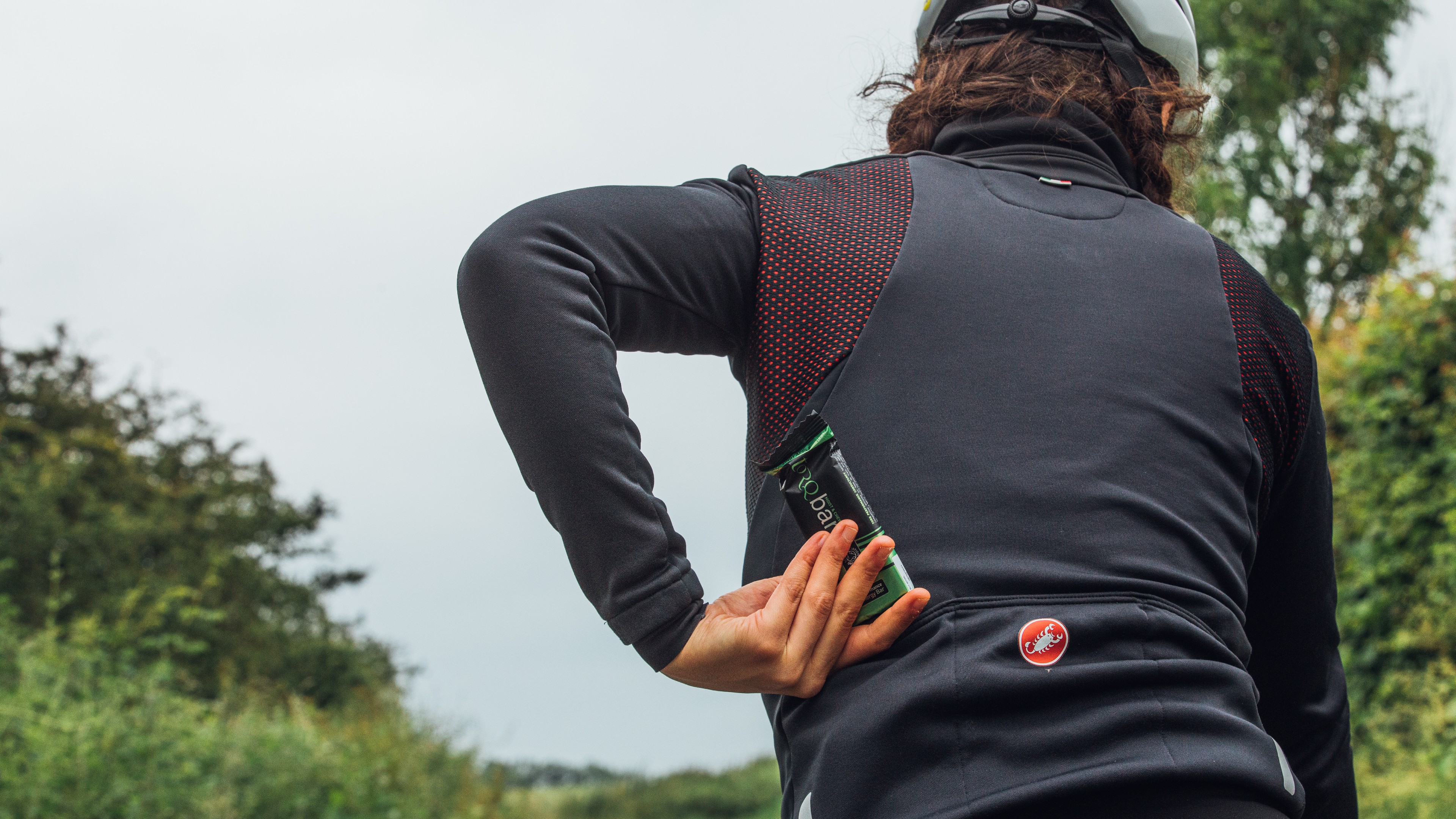
Some of the best sports nutrition products are formulated based on the nutritional needs defined for astronauts, where oxidative stress, solar radiation and weightlessness can cause bone and muscle atrophy and vision problems. Working out is an important component of astronauts’ time on the International Space Station, with up to 10 hours a week spent on exercise machines, including a stationary bicycle, although a study of ISS astronauts showed that a high intensity, short duration regime had similar results.
There’s a focus on antioxidants in sports nutrition products, as well as the macronutrients and micronutrients required to stay healthy, even on a prolonged space mission and HIIT is a useful alternative to longer rides for cyclists and astronauts alike.


